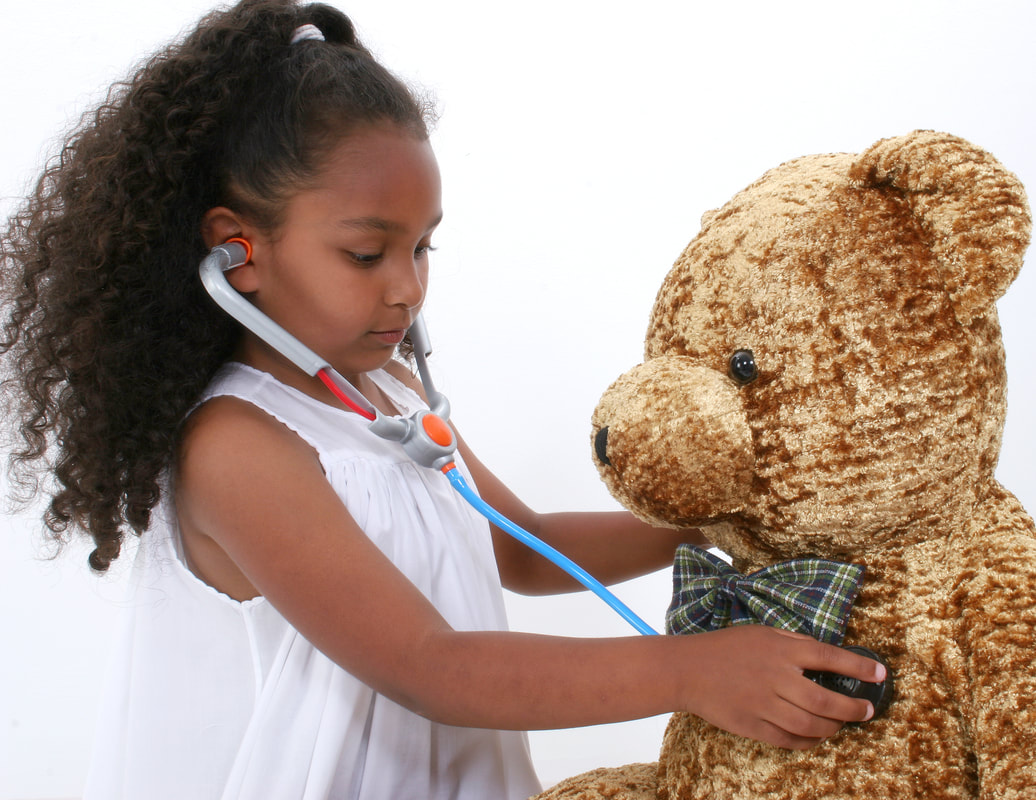Sentry Page Protection
Unit 3 Student Login 
Student Login
Welcome, (First Name)!
Enter Member Area
(Unit 3) Topic 7: The Anxious Child
1 Clock Hour of Early Childhood Education















